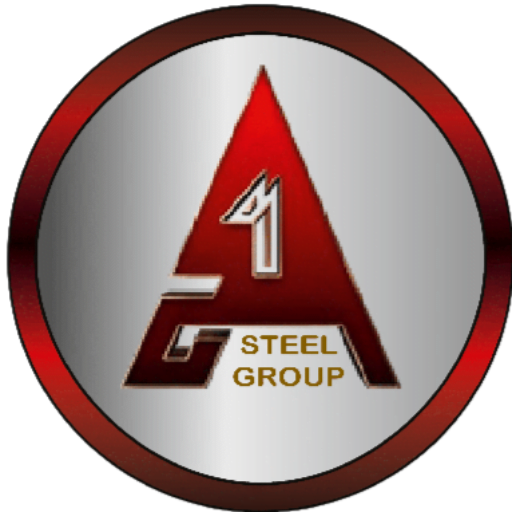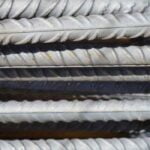MS Billets are semi-finished products used to roll mills for construction of long products like wire rods. Steel Billets are extensively used in forge shops and machine shops for production of engineering goods and as feedstock for seamless tubes.MS Ingot, on the other hand, is commonly referred to the large-sized castings produced in a foundry. There are no specific dimensions for ingots. In steel plants, the molten metal from the blast furnace is poured into large, cylindrical ladles. Billets are generally smaller in size. When the cross-section of a casting is a square, it is referred to as a billet. Billets have a cross-section area of less than 36 sq. inches. Let’s take a look at how MS Billets differ from MS Ingots:
- In MS Ingot casting, the liquid steel flows through a refractory channel & and fills up cast iron mold under the static condition from one side. This process has certain insufficiencies, viz. refractory particles chip-off from the channel and gets assorted with liquid steel to cause undesirable inclusions in Ingot that leads to rolling defect, whereas in MS Billet casting continuous casting technology liquid steel flows from a furnace to caster through a copper mold. The water in the mold gets cooled and oscillates at a determined rate. The cooling, oscillation, and pausing is done in a controlled condition for the liquid steel to solidify into equiaxed crystals.
- Due to the process of solidification of MS Ingot, segregation of chemical alloys takes place. The chemical properties differ at different portions of Ingot. However, in MS billets, because of the continuous casting, chemical alloys are uniformly spread.
- In MS Ingot very harmful defects like a blowhole, center piping, cracks, and inclusions are found. In MS Billets no such defects are found. Moreover, because of the bad mold surface, the surface of the MS Ingot develop scabs and laps due to pouring defects. The surface of MS Billets is clear without any scabs or laps due to the smooth copper mold surface.
- During the solidification process of MS Ingots, the liquid steel releases gas which gets entrapped in the steel and form cavities and blowholes. Such mishaps cannot be found in MS Billets as the gas in the liquid steel escapes during the solidification process because of the continuous casting technology.
- TMT bars made from MS Ingots suffer from a deficiency in tensile properties, and there arises inconsistency in tensile strength and elongation. But TMT bars produced from continuous casting MS Billets show a remarkable consistency of properties because of the high tensile strength and elongation.
By now it should be clear to you that you should always opt for bars made from MS Billets while constructing any building. They are far more superior than bars formed from MS Ingots and provides the strength and longevity that you are looking for while building a house. Bars made from ingots might come cheaper, but very often the lower rates of these bars result in higher expenditure later as they are very unlikely to last for a longer period. The same cannot be said about bars manufactured from billets though, as they are likely to last longer and provide the strength and durability needed for a building to have a long life.
While it is clear that MS Billets are the bars to go for, the brand name of A-One Steel Group provides accountability to these bars. A-One Gold TMT bars are the benchmark in the steel bars industry and customers often go for A-One MS Billets when compared to other brands. This is a clear indication of the approval that our bars receive because of the cutting-edge technology that goes into the production of our MS Billets. They are one of the quality steel products available in the market today, and as A-One Steel Group thrives to improve, our products will only get superior over time.



